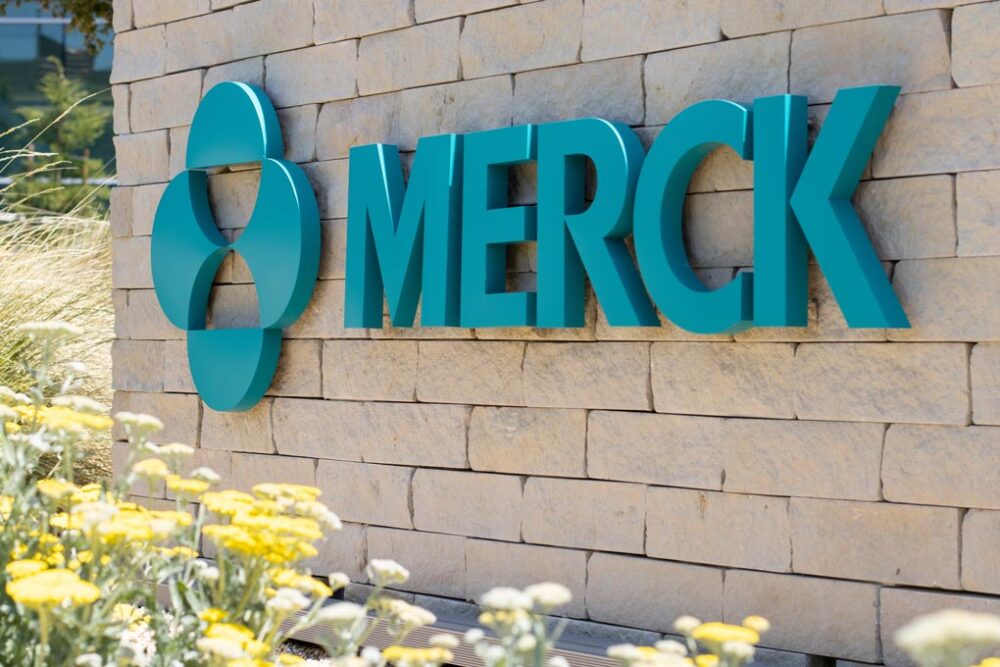Advertisment
NMPA (China) approves Welireg (belzutifan), for the treatment of adult patients with von Hippel-Lindau disease – Merck Inc

Merck Inc. (known as MSD outside of the United States and Canada), announced that the National Medical Products Administration (NMPA) in China has approved Welireg (belzutifan), for the treatment of adult patients with von Hippel-Lindau (VHL) disease who require therapy for associated renal cell carcinoma (RCC), central nervous system (CNS) hemangioblastomas or pancreatic neuroendocrine tumors (pNET), not requiring immediate surgery. Welireg is a first-in-class oral hypoxia-inducible factor-2 alpha (HIF-2α) inhibitor and is the first and only approved HIF-2α inhibitor in China. This approval is based on objective response rate (ORR) and median duration of response (DOR) results from the Phase II LITESPARK-004 trial and is the 17th approval of Welireg for these patients globally.
“This approval of Welireg brings the first and only systemic therapy to adult patients in China with certain VHL disease-associated tumors who, to date, have not had access to a non-surgical treatment option to help manage manifestations of VHL disease,” said Dr. Marjorie Green, senior vice president and head of oncology, global clinical development, Merck Research Laboratories. “We are committed to bringing innovative treatment options to patients in need around the world and are proud to offer eligible adult patients in China a first-in-class HIF-2α inhibitor as a possible treatment option.”
In August 2021, Welireg was approved in the U.S. for the treatment of adult patients with VHL disease who require therapy for associated RCC, CNS hemangioblastomas or pNET, not requiring immediate surgery. The efficacy of Welireg was evaluated in LITESPARK-004, an open-label clinical trial in 61 patients with VHL-associated RCC. In the LITESPARK-004 trial, Welireg showed an ORR of 49% (95% CI, 36-62) in patients with VHL-associated RCC (n=30/61); all responses were partial responses (PR). Median DOR for these patients was not reached, with ongoing responses ranging from 2.8+ to 22.3+ months; among responders, 56% (n=17/30) maintained a response for at least 12 months.





